Last Chance to Catch NYC's Holiday Notalgia Train
We met the voices of the NYC subway on our nostalgia ride this weekend!


In cities across America, glamorous theaters of a golden age gone by stand as relics to the past. These palaces of entertainment harken back to the days of the early 20th-century when movies were a spectacle displayed in grand settings designed by the finest architects and elaborately decorated by the best artisans of the time. But as the Depression hit and the century wore on these grandiose theaters became financially unfeasible. Many were lost to history, but luckily many were able to stand the test of time. Take for instance the five Loews Wonder Theaters of New York City which are thriving today. Still other theaters are in limbo, slowly losing the luster of the Gilded Age and unable to find a place in modern society. Though abandoned for decades, filled with dust, covered in peeling paint and holes, these forgotten theaters can be just as beautiful as a gleaming restoration.
The The Loew’s Palace Theatre, opened as Poli’s Palace Theatre in 1922 in Bridgeport, Connecticut, is an example of a theater waiting for its second act. Untapped Cities had the opportunity to explore this theater thanks to the Theatre Historical Society of America during TheatreCon 2019. The Society is dedicated to showing the wonder of America’s theaters by taking you inside. Each year the Society brings TheatreCon to a different American city for a week’s worth of exploration. Check out our photos from inside the former Poli Palace Theater where were got to venture into every nook and cranny from the seats of the orchestra to the projection room up top.

The first lobby where guest would enter from the street

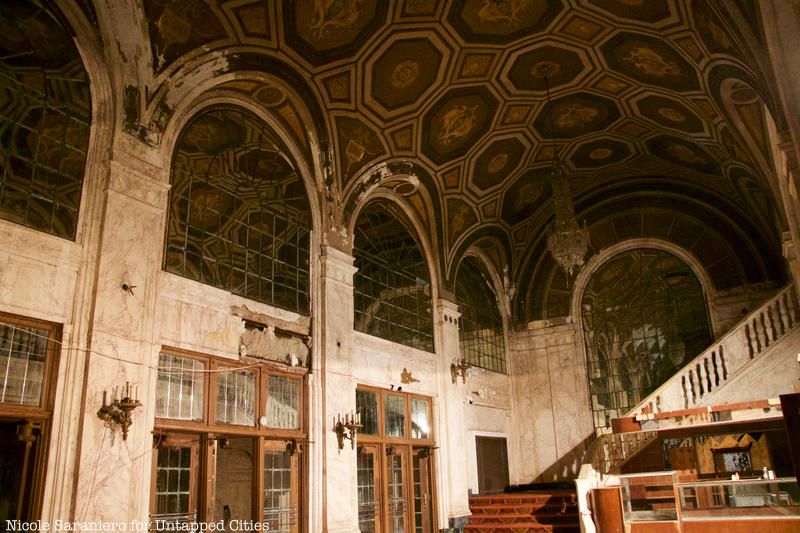
Inside lobby where stairs lead to balcony
The Poli Palace theater was commissioned by theater mogul Sylvester Z. Poli and designed by renowned theater architect Thomas W. Lamb who has many famous theaters, including the United Palace in Washington Heights, under his belt. In the beginning, the theater was used for vaudeville shows and silent films.
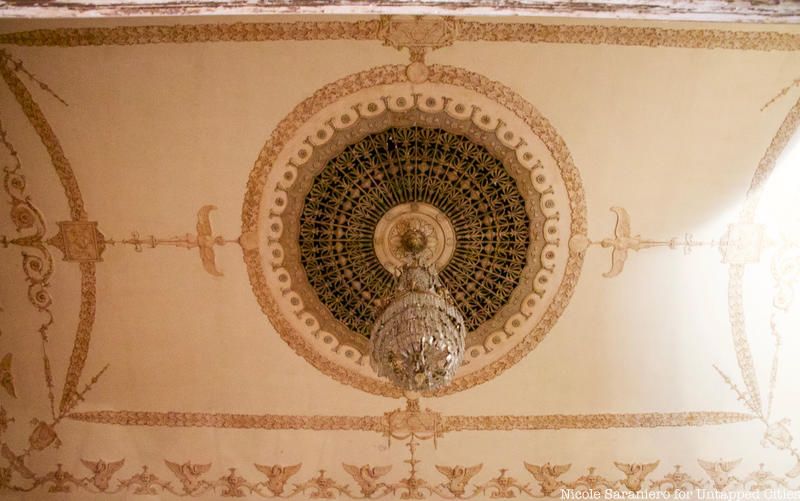

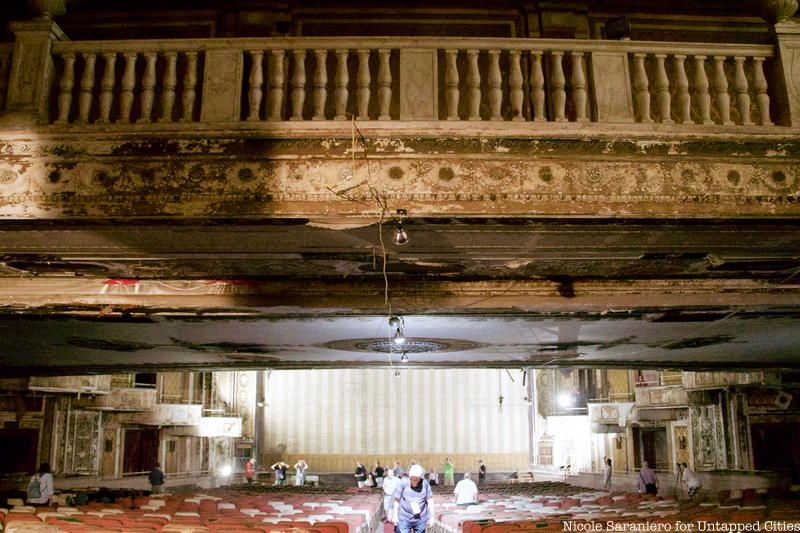
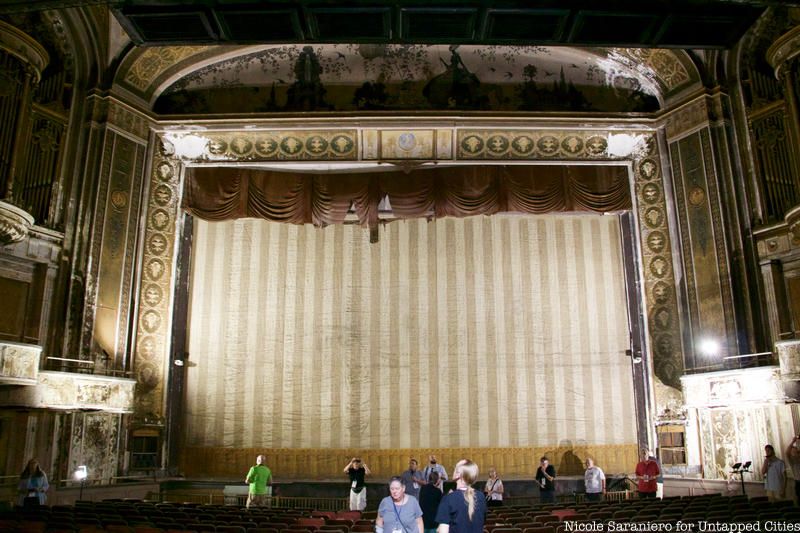

Detail of the painting on the the stage proscenium
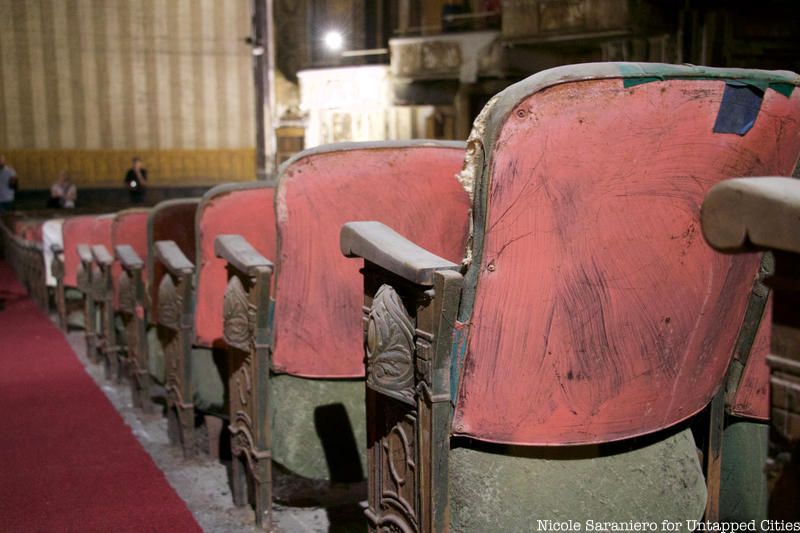
The Poli Palace sat 3,642 people and was the biggest movie theater in Connecticut at the time. It was right on Main Street in the heart of what used to be Bridgeport’s bustling downtown. There were twenty other theaters in the area!
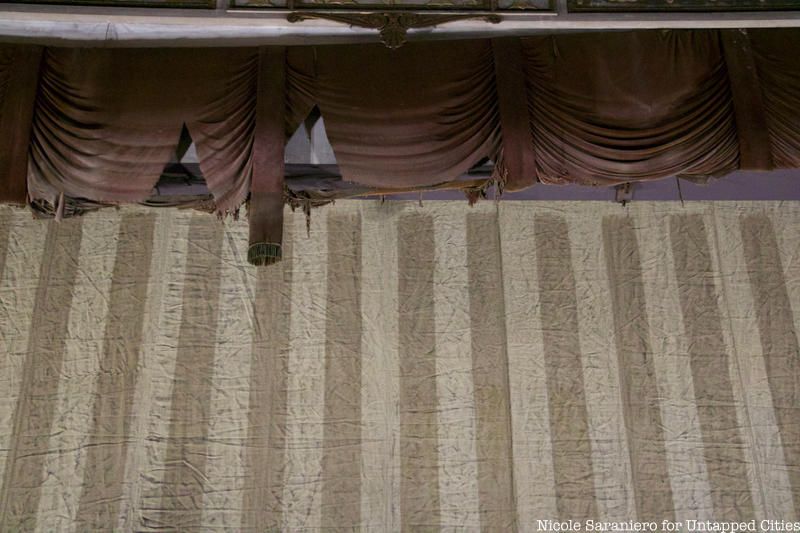
Detail of the torn and tattered stage curtain



The balcony lobby
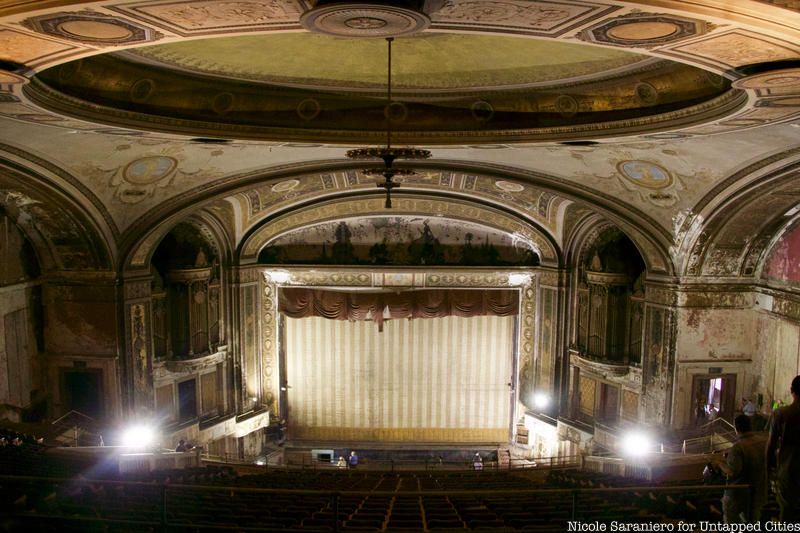

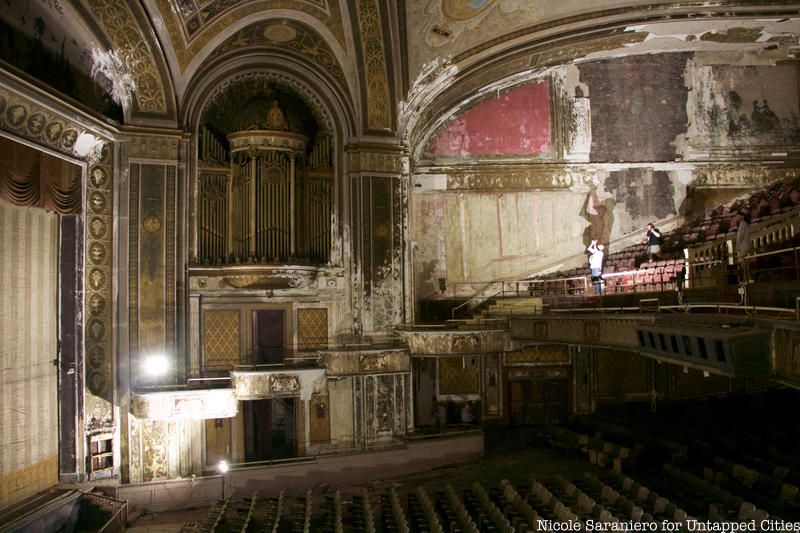
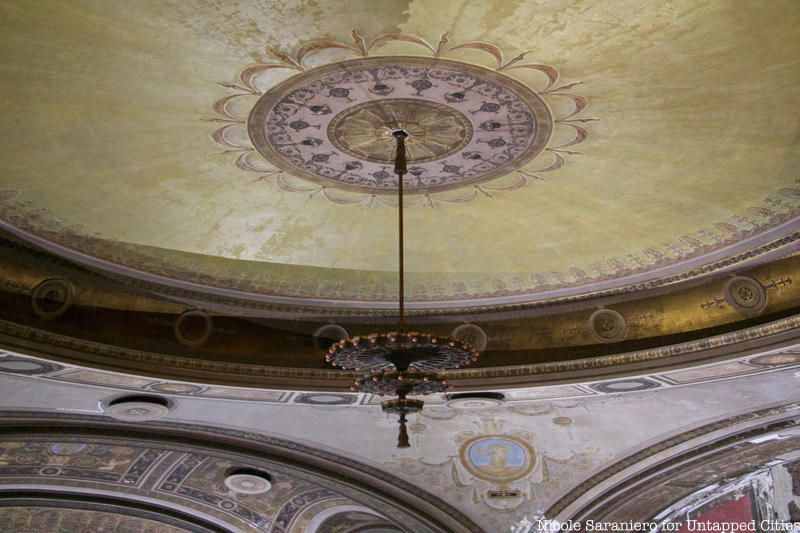

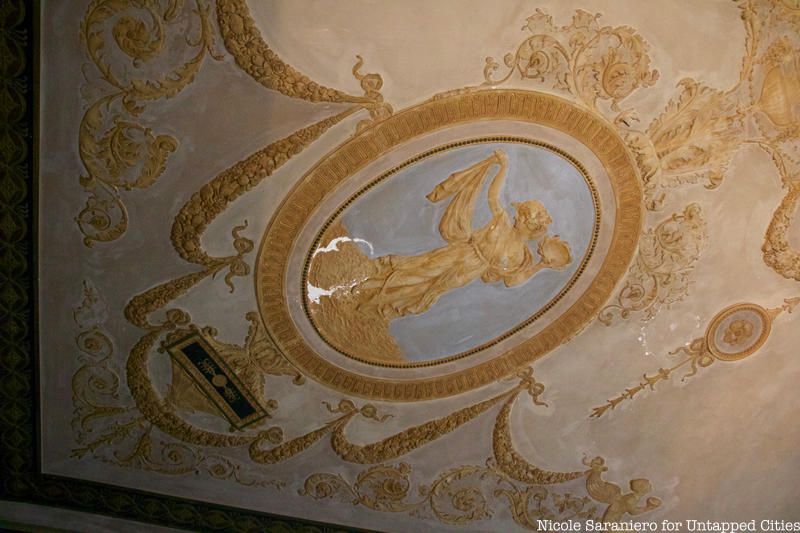
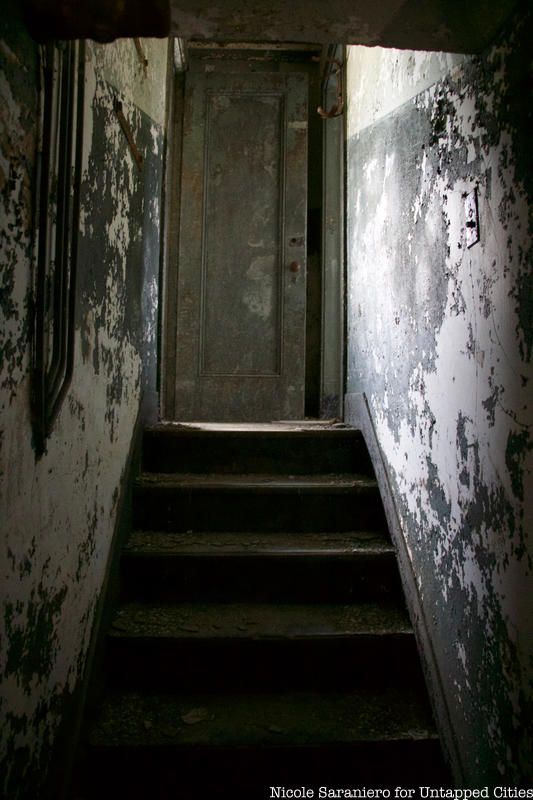
Stairs leading up to the projector room
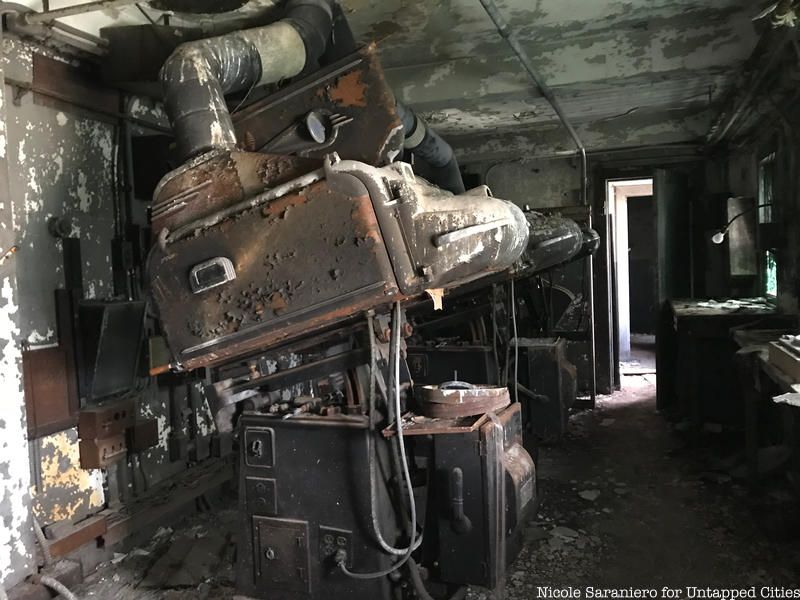
Three vintage film projectors
The Palace was sold to the Loew’s Theater chain in 1934 and began to show major motion pictures. It’s name changed to the Loew’s Poli and then later to Loew’s Palace Theater.
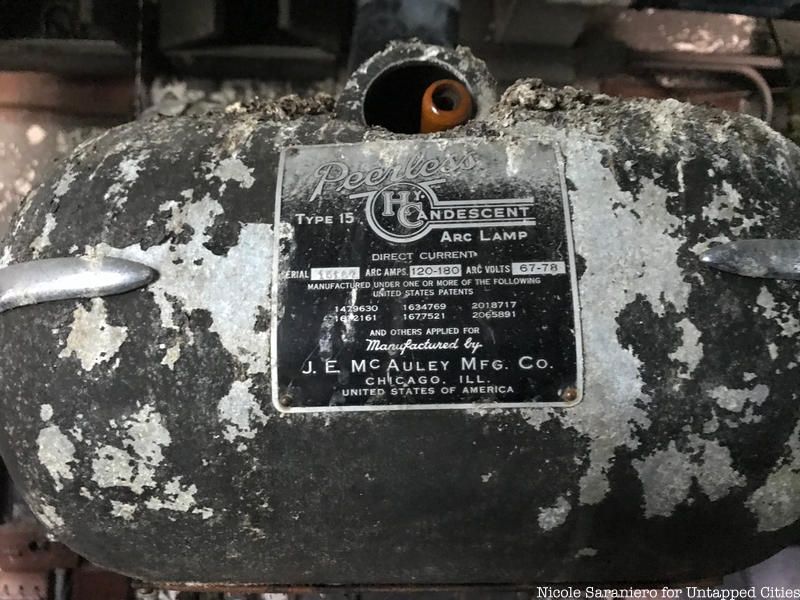

The view from the projector room

By the mid 20th-century the theater was struggling and it was sold to a local lawyer. To try and make ends meet the theater showed adult films through the 1970s.
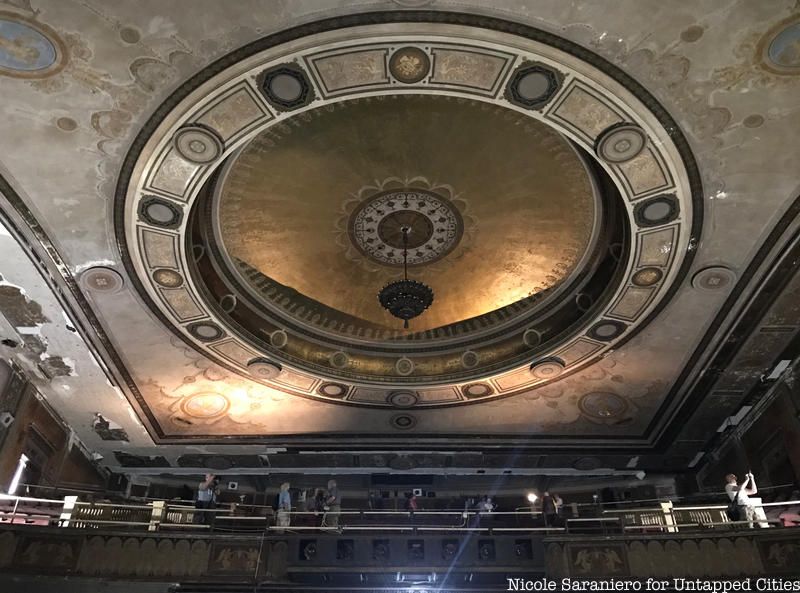

The theater permanently closed in 1975 and the city eventually took possession. The Palace has been abandoned for over forty years serving occasionally as a film location, and even as the set of a performance by the Greater Bridgeport Symphony.

A sign that still hangs inside
The Palace Theater shares a building not only with the former Majestic Theater but also the former Savoy Hotel. Walking into the theater the halls are strewn with remnants of both and you can still see the Savoy sign outside.

The elevator bank for the hotel
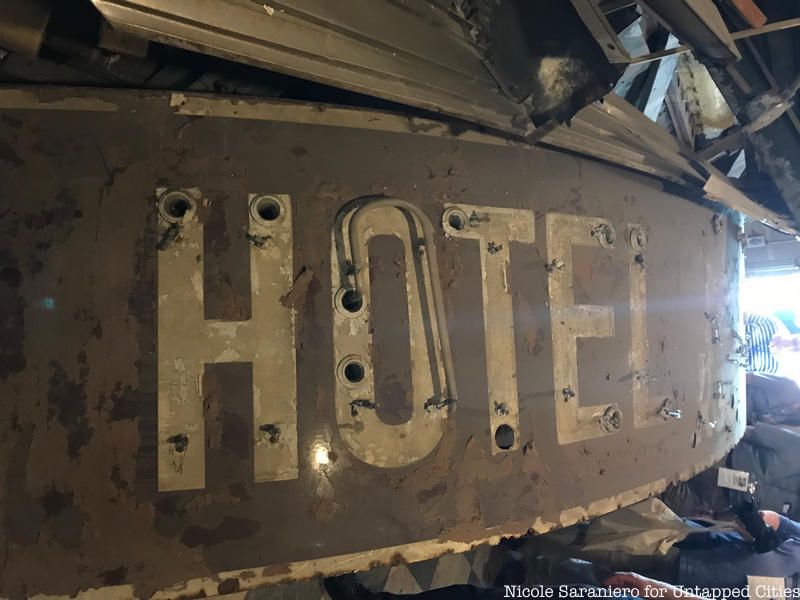
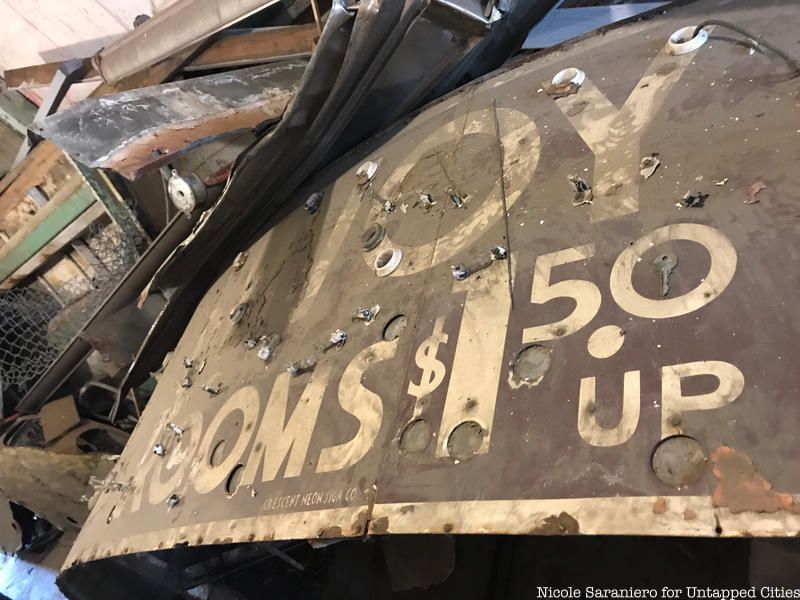
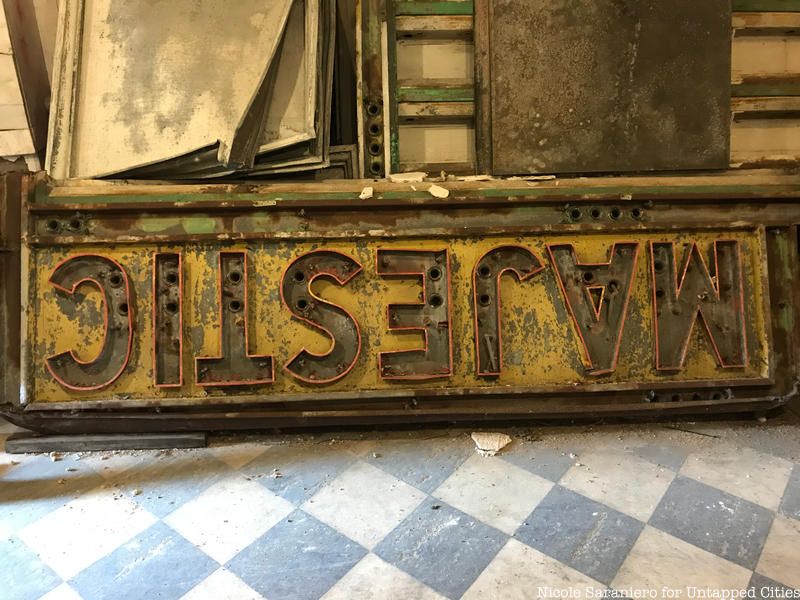
The entire building complex is currently in the hands of a Manhattan-based developer with plans to renovate and re-open the Majestic “with 2,200 seats for use by local and regional performing arts groups” and to “rehabilitate three first-floor retail spaces for goods and services complementary to the renovated Savoy Hotel” which will have modern rooms. No construction has started yet. The plans also include a new residential tower. The site was added to the National Register of Historic Places in 1979.
Next, check out After the Final Curtain: The Abandoned Theaters of Connecticut
Subscribe to our newsletter